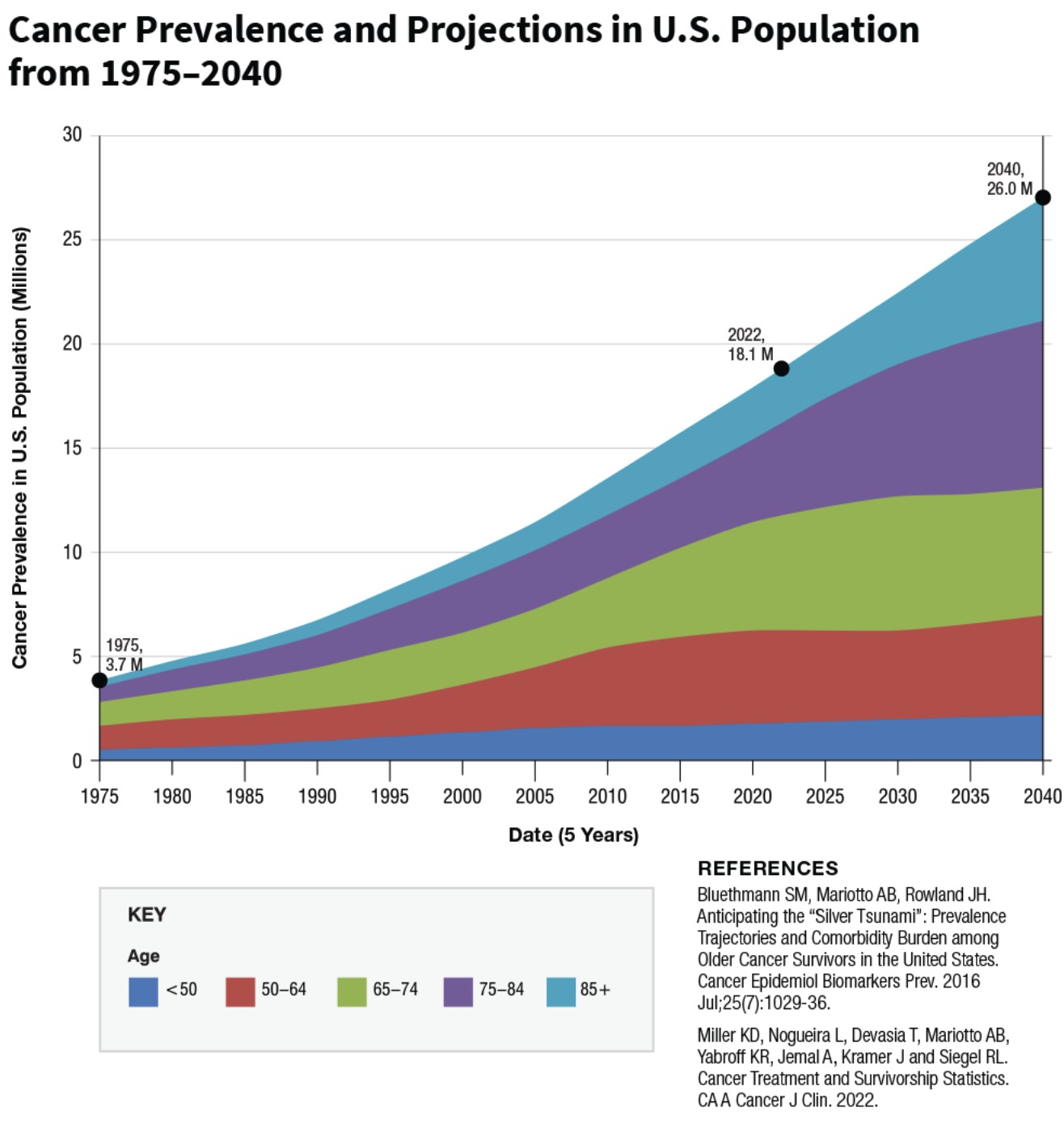TLDW: Fiber is not essential for health.
summerizer
Summary
In this comprehensive discussion on gut health and low-carbohydrate diets, the speaker challenges common nutritional beliefs, emphasizing that dietary fiber is not essential for a healthy diet. The presentation highlights that certain low-carb foods rich in fiber and FODMAPs (fermentable carbohydrates) can cause bloating, constipation, and other gut symptoms. The speaker critically reviews scientific evidence around fiber’s role in constipation and finds that, contrary to popular belief, increasing fiber intake may worsen constipation and bloating. In contrast, low- or zero-fiber diets have shown significant improvements in bowel symptoms.
The talk explains the physiological basis of constipation and why fiber’s function of increasing stool bulk might not aid stool passage, as larger stools can be harder to expel. It also clarifies that fiber does not hydrate stools, debunking another common assumption. The fermentation of fiber by gut bacteria produces short-chain fatty acids (SCFAs) and gases, which can cause discomfort.
The speaker further explores FODMAPs, a group of poorly absorbed short-chain carbohydrates that cause osmotic effects and gas production, contributing to irritable bowel syndrome (IBS) symptoms like bloating, diarrhea, and constipation. Many low-carb foods, including broccoli and nuts, contain FODMAPs, which explains why some people on low-carb diets experience digestive issues.
The role of gut microbiota is examined, particularly the relationship between bacterial phyla (Firmicutes and Bacteroidetes) and obesity. While changes in gut bacteria are associated with weight loss or gain, the speaker clarifies that diet-induced changes in microbiota are likely a consequence, not a cause, of weight changes. The famous 2006 mouse study showing that microbiota transplants can affect weight is discussed, but limitations are pointed out.
Finally, the talk touches on how modern dietary components, such as trehalose (a sugar used in processed foods), can alter gut bacteria and lead to serious infections, underscoring that what we eat impacts our microbiome, sometimes negatively.
The concluding message is clear: fiber is not indispensable for gut health, some low-carb foods high in fiber or FODMAPs can cause gut discomfort, and the idea of manipulating gut bacteria to lose weight remains scientifically unsupported.
Highlights
- 🌾 Fiber is not essential for a healthy diet and may worsen constipation and bloating.
- 🥦 Certain low-carb foods rich in fiber or FODMAPs can cause gut symptoms like bloating and constipation.
- 💨 Fermentation of fiber by gut bacteria produces gases causing discomfort, not hydration of stool.
- 🦠 Gut microbiota changes with diet but are more likely effects, not causes, of weight loss or gain.
- 🍞 FODMAPs, found in many foods including some low-carb ones, contribute significantly to IBS symptoms.
- 🐁 Microbiota transplant studies in germ-free mice have limitations and do not directly translate to humans.
- 🍦 Modern food additives like trehalose can negatively impact gut bacteria, leading to serious health issues.
Key Insights
-
🌱 Fiber’s Role in Constipation Is Overstated: Despite widespread recommendations, there is no strong randomized controlled trial evidence supporting fiber’s efficacy to relieve constipation symptoms. In fact, clinical observations show that a zero-fiber diet can completely alleviate constipation symptoms in many patients, challenging the dogma that fiber is always beneficial. This insight demands a re-evaluation of fiber’s role in managing bowel health, especially in those with chronic constipation.
-
💨 Gas Production from Fiber Fermentation Affects Gut Comfort: Soluble fibers ferment in the colon, producing short-chain fatty acids (SCFAs) and gases such as hydrogen. This fermentation can cause bloating and abdominal pain, especially when excessive fiber is consumed. Insoluble fibers, while increasing stool bulk, do not hydrate stools or ease passage, often exacerbating symptoms by increasing rectal distension. Therefore, fiber's mechanical and fermentative effects on the gut can be counterproductive for individuals prone to bloating or IBS-like symptoms.
-
🥦 FODMAPs and Low-Carb Diets: Many people following low-carb diets inadvertently consume significant amounts of FODMAPs from vegetables like broccoli and nuts, which can ferment and attract water in the gut, causing diarrhea or constipation. Recognizing FODMAP content in low-carb foods is vital for managing digestive symptoms, illustrating that low-carb does not automatically mean low-fermentable carbohydrate intake. This subtlety is critical for dietary adjustments in sensitive individuals.
-
🦠 Microbiome Changes Are a Consequence, Not a Cause, of Weight Loss: Although gut microbiota composition differs between obese and lean individuals (e.g., higher Firmicutes in obesity, higher Bacteroidetes in leanness), these changes follow dietary shifts rather than drive weight changes. The 2006 mouse microbiota transplant study, often cited to support causality, applies to germ-free mice without existing microbiota, a condition not comparable to humans. Thus, diet modification remains the primary tool for weight management, with microbiome changes as secondary phenomena.
-
🔬 Short-Chain Fatty Acids (SCFAs) and Colon Health: SCFAs produced by bacterial fermentation are not solely beneficial. While they provide energy to colonocytes and may support gut integrity, their production is not unique to fiber fermentation. Animal-based diets rich in protein also generate SCFAs. Moreover, circulating ketones, such as those produced in ketogenic diets, may be more effective for colon health than SCFAs, indicating alternative metabolic pathways support colonocyte function beyond fiber intake.
-
🍭 Artificial Sweeteners and Gut Health: Polyols, sugar alcohols commonly used in low-carb bars and snacks, poorly absorbed in the intestine, can cause osmotic diarrhea and gas, leading to discomfort. This explains why some individuals on low-carb diets experience diarrhea after consuming products like Atkins bars. Awareness of these additives is essential for managing digestive health in low-carb dietary contexts.
-
⚠️ Dietary Components Can Adversely Affect Microbiota: The example of trehalose, a sugar increasingly used in processed foods, illustrates how novel food additives can promote the growth of harmful bacteria such as Clostridium difficile, leading to serious infections. This highlights the dynamic and sometimes detrimental impact of modern diets on gut microbiota, underscoring the importance of understanding how food additives influence gut health beyond macronutrient content.
Conclusion
This talk fundamentally challenges entrenched nutritional wisdom, particularly the universal promotion of dietary fiber for gut health. It provides evidence that high fiber intake, especially insoluble fiber, can worsen constipation and bloating, and that zero-fiber diets can effectively resolve these symptoms. It also clarifies the role of fermentable carbohydrates (FODMAPs) in digestive discomfort, even within low-carb diets, and cautions against simplistic views about the gut microbiome’s causal role in obesity. The nuanced examination of microbiota, SCFAs, and dietary additives like trehalose offers a more critical understanding of how diet shapes gut health. Ultimately, the speaker calls for a more evidence-based view of fiber and microbiota manipulation, advocating awareness of individual responses to fiber and fermentable carbohydrates, especially in low-carb dietary frameworks.





For some people it's religion - they don't want to see what the heathens are saying. Any non-compliance is dogmatically meet with negativity. I can see why they got into this position, they build their identity and their ethics around their food - the introspection required to have a conversation would also require the ability to cast doubt on their own identity. That is difficult for anyone to do!